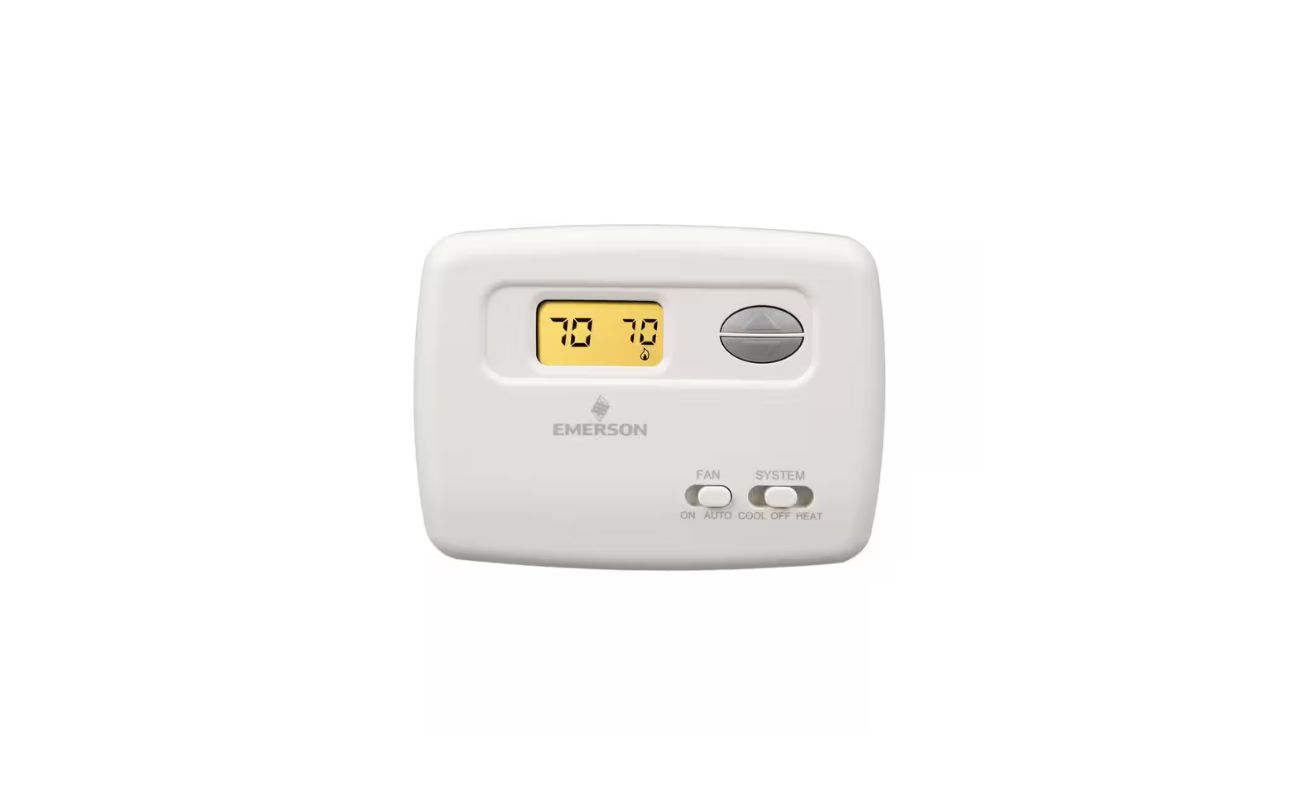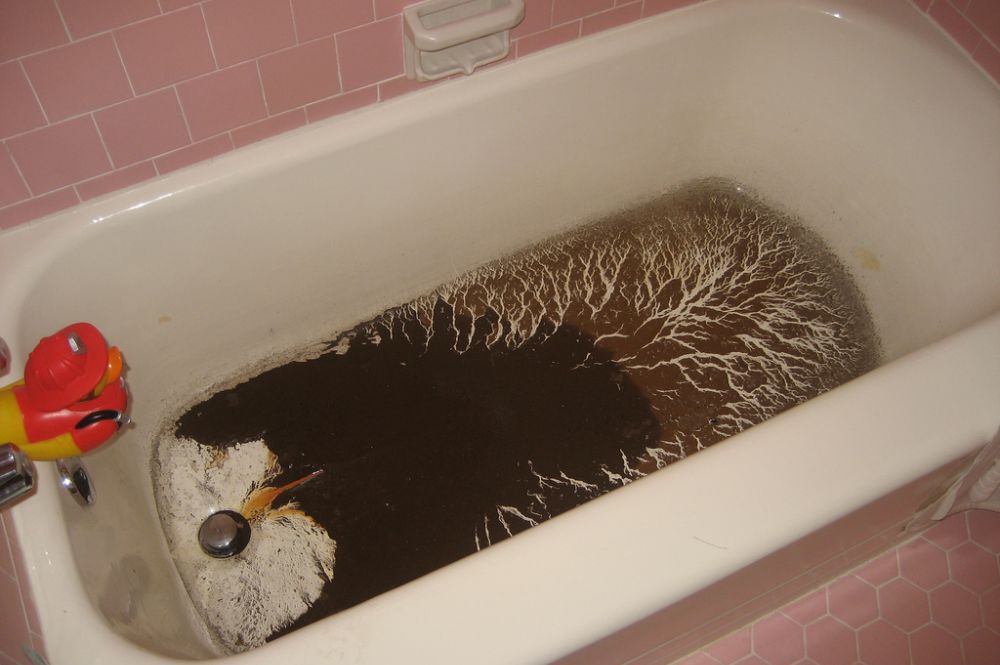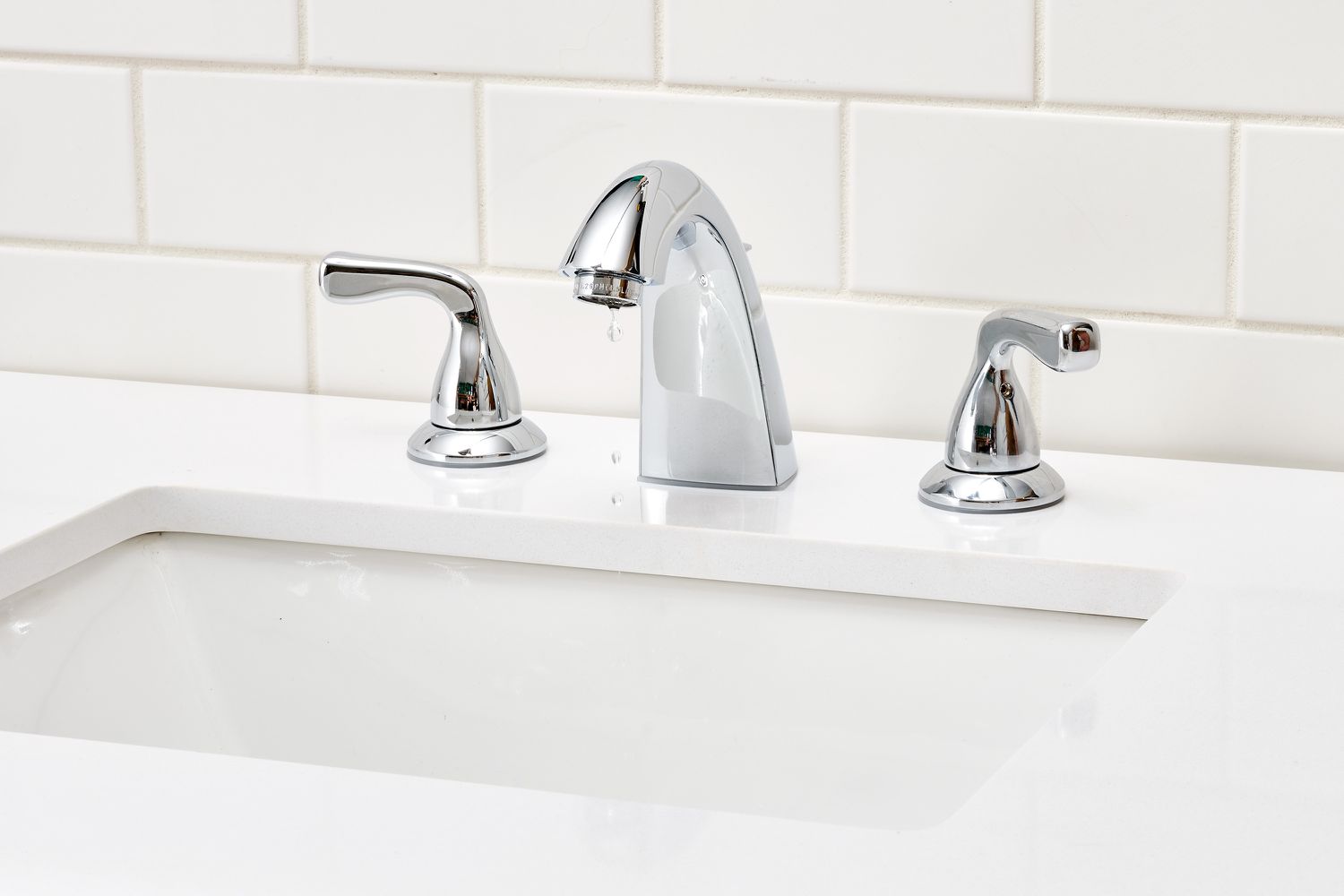

Articles
What Does Flashpoint Mean When Making Candles
Modified: January 9, 2024
Discover the meaning of flashpoint in candle making articles and how it impacts the safety and performance of your homemade candles. Unleash your creativity while staying informed!
(Many of the links in this article redirect to a specific reviewed product. Your purchase of these products through affiliate links helps to generate commission for Storables.com, at no extra cost. Learn more)
Introduction
When it comes to the world of candle making, there are many factors to consider in order to create a high-quality and safe product. One crucial element that often goes overlooked is the flashpoint of the fragrance oils used in the process. Flashpoint refers to the temperature at which a substance can ignite or produce a flammable vapor. Understanding the concept of flashpoint is essential for candle makers, as it ensures that the finished product is not only aromatic but also safe to use.
In this article, we will delve deeper into the concept of flashpoint and its significance in the art of candle making. We will explore the factors that affect flashpoint, safety precautions to follow during the candle making process, and how to choose the right fragrance oils based on their flashpoint.
By gaining a comprehensive understanding of flashpoint and its role in candle making, you can take your craft to the next level and produce candles that are both visually appealing and safe for use in any setting.
Key Takeaways:
- Understanding flashpoint is crucial in candle making to ensure safety and optimal scent performance. It determines when fragrance oils can be added to wax, minimizing fire risks and enhancing aroma longevity.
- By choosing fragrance oils with appropriate flashpoints, candle makers can create visually appealing and safe candles. Balancing safety with aesthetics and considering wax type and scent preferences is key.
Read more: What Does Black Candles Mean
Understanding Flashpoint
Before we delve into the relationship between flashpoint and candle making, let’s first understand what flashpoint represents. Flashpoint is the temperature at which a substance can produce enough vapor to form an ignitable mixture with the air. It is an important safety consideration for any flammable substance, including fragrance oils used in candle making.
Flashpoint is typically measured in degrees Fahrenheit or Celsius. When the temperature rises to the flashpoint level, the substance releases volatile compounds that can ignite when exposed to an open flame or spark. The higher the flashpoint, the more heat is required to reach the ignition point.
It’s important to note that flashpoint does not necessarily determine the flammability of a substance. Instead, it indicates the potential for ignition under specific conditions. For example, a fragrance oil with a higher flashpoint may still be flammable if it comes into contact with an open flame.
The flashpoint of a substance can vary depending on its chemical composition. It is influenced by factors such as the volatility of the compounds present, the presence of flammable solvents, and the overall stability of the substance. Understanding the flashpoint of fragrance oils is crucial for candle makers to ensure the safety of their products and the environment in which they are used.
Flashpoint and Candle Making
Flashpoint plays a significant role in the candle making process as it determines the appropriate temperature at which fragrance oils can be added to the wax. Adding fragrances at temperatures above their flashpoint can result in a hazardous situation, as it increases the risk of the mixture igniting or causing a fire.
When creating scented candles, fragrance oils are commonly used to add pleasant aromas to the wax. These oils are typically made up of a combination of natural and synthetic compounds, each with their own unique flashpoints. Candle makers need to be aware of the flashpoint of the fragrance oils they use to ensure the safety of their candles.
During the candle making process, fragrance oils are typically added to the melted wax at a specific temperature known as the “pouring temperature.” This temperature is lower than the flashpoint of the fragrance oil to ensure that it does not ignite upon contact with the hot wax. The exact pouring temperature will vary depending on the type of wax and fragrance oil being used.
It is crucial to follow the recommended pouring temperature and to understand the flashpoint of the fragrance oils being used. Failure to do so can lead to hazardous situations, including fires or the release of toxic fumes. Additionally, overheating the fragrance oils can negatively affect the scent throw and overall quality of the finished candle.
By understanding the flashpoint of fragrance oils and following proper candle making techniques, you can create beautiful and safe candles that fill your space with delightful aromas.
Importance of Flashpoint in Candle Making
The flashpoint of fragrance oils plays a crucial role in candle making for several reasons. It ensures the safety of the candle during the production process and when it is used by consumers. Understanding and adhering to the flashpoint guidelines is essential for creating high-quality and safe candles.
One of the primary reasons why flashpoint is important is the prevention of fires and accidents. If fragrance oils with a low flashpoint are not handled properly, they can easily ignite when exposed to heat or an open flame. This poses a significant risk to the candle maker and the environment in which the candles are used. By using fragrance oils with a flashpoint suitable for candle making and following recommended safety practices, the risk of accidents and fires is minimized.
Flashpoint also impacts the overall scent throw and performance of the candles. When fragrances with a higher flashpoint are used, they tend to retain their aroma better and release a stronger scent when the candle is burned. Fragrance oils with a lower flashpoint may evaporate quickly, resulting in a weaker scent throw or even dissipating before the candle is fully burned. Understanding the flashpoint of fragrance oils allows candle makers to select the right oils for achieving optimal scent performance.
Furthermore, the flashpoint of fragrance oils can affect the stability and shelf life of the candles. Using fragrance oils with a flashpoint higher than the melting point of the wax ensures that the fragrance remains stable throughout the candle’s lifespan. This prevents the fragrance from separating or degrading, resulting in a better quality and longer-lasting candle.
Overall, the importance of flashpoint in candle making cannot be overstated. It is a critical factor in ensuring the safety, scent performance, and longevity of the candles. By selecting fragrance oils with appropriate flashpoints and following recommended guidelines, candle makers can create products that are not only visually appealing but also meet the highest standards of quality and safety.
When making candles, the flashpoint refers to the temperature at which the fragrance oil can ignite. It’s important to use fragrance oils with a flashpoint higher than the temperature at which you are working to ensure safety.
Factors Affecting Flashpoint in Candle Making
Several factors can affect the flashpoint of fragrance oils used in candle making. It is important for candle makers to be aware of these factors as they can impact the safety and performance of the finished candles. Let’s explore some of the key factors that influence flashpoint:
- Chemical Composition: The chemical composition of fragrance oils plays a significant role in determining their flashpoint. Different compounds have varying levels of volatility and flammability, which can affect the overall flashpoint of the fragrance oil. Natural ingredients tend to have lower flashpoints compared to synthetic compounds.
- Flammable Solvents: Some fragrance oils may contain solvents that are highly flammable and can lower the flashpoint of the oil. Solvents like alcohol or acetone are commonly used to dissolve and dilute fragrance compounds. The presence of such solvents can significantly impact the safety considerations of the fragrance oil.
- Concentration of Ingredients: The concentration of various ingredients within a fragrance oil can also influence its flashpoint. Higher concentrations of volatile compounds can reduce the flashpoint, making the fragrance oil more susceptible to ignition.
- Storage Conditions: The way fragrance oils are stored can affect their quality and flashpoint. Exposure to high temperatures, sunlight, or air can degrade the oil and impact its chemical stability, potentially altering its flashpoint. It is crucial to store fragrance oils in cool, dark places to maintain their integrity.
- Interactions with Other Materials: The flashpoint of a fragrance oil can be influenced by the materials it comes into contact with during the candle making process. For example, if the fragrance oil reacts with certain types of waxes or additives, it can alter the overall flashpoint. It is important to properly test and evaluate the compatibility of fragrance oils with other materials.
These factors highlight the importance of carefully selecting and handling fragrance oils in candle making. Candle makers should thoroughly research and understand the flashpoint of the fragrance oils they work with, as well as consider how various factors can affect their flashpoints. By being mindful of these factors, candle makers can ensure the safety and quality of their candles throughout the production process.
Read more: What Does Red Candles Mean
Safety Precautions during Candle Making
Candle making involves working with hot wax, fragrance oils, and open flames, making it important to prioritize safety at every step of the process. By following proper safety precautions, candle makers can minimize the risk of accidents and ensure a safe working environment. Here are some essential safety measures to consider:
- Use Protective Gear: Always wear appropriate protective gear, such as heat-resistant gloves and goggles, to protect your hands and eyes from heat, hot wax, and splashes.
- Work in a Well-Ventilated Area: Ensure that your workspace is properly ventilated to avoid inhaling fumes. Good ventilation helps dissipate any flammable vapors and promotes the circulation of fresh air.
- Keep Flammable Materials Away: Keep flammable materials, such as paper, cloths, and other combustible items, away from your work area to reduce the risk of accidental fires.
- Follow Temperature Guidelines: Adhere to the recommended temperature guidelines for melting wax and adding fragrance oils. Heating wax above its recommended temperature can increase the risk of fire and cause the wax to splatter when pouring.
- Be Mindful of Flashpoints: Understand the flashpoint of the fragrance oils you are working with and do not exceed their recommended pouring temperature. Adding fragrance oils above their flashpoint can lead to ignition or increased volatility.
- Use a Double Boiler Method: When melting wax, use a double boiler system to prevent direct heat contact and ensure a controlled and safe melting process. Avoid heating wax directly on a stovetop or open flame.
- Practice Proper Candle Cooling: Allow candles enough time to cool and set before moving them. Moving hot or partially set candles can lead to spills, burns, or deformation of the candle shape.
- Store Fragrance Oils Properly: Store fragrance oils in a cool, dark place to maintain their integrity and prevent degradation. Keep them away from direct sunlight and heat sources.
- Clean Up Spills Promptly: In the event of any spills or accidents, clean them up immediately using appropriate methods. Avoid letting spilled wax or fragrance oils come into contact with open flames or heat sources.
- Read and Follow Instructions: Always read and follow the instructions provided by the manufacturers of the wax, fragrance oils, and other candle making materials. They may include specific safety precautions and guidelines.
By incorporating these safety precautions into your candle making routine, you can create a secure environment and protect yourself from potential hazards. Remember, safety should always be the top priority to ensure a enjoyable and accident-free candle making experience.
Choosing the Right Fragrance Oils based on Flashpoint
When selecting fragrance oils for your candle making projects, it is crucial to consider their flashpoint. Choosing the right fragrance oils based on their flashpoint ensures not only the safety of your candles but also determines their scent performance and overall quality. Here are some tips to help you in choosing the right fragrance oils based on flashpoint:
- Know the Flashpoint Range: Familiarize yourself with the flashpoint range suitable for candle making. Fragrance oils with a flashpoint above 200°F (93°C) are generally considered safe for use in candles.
- Consider the Wax Type: Different wax types have different melting points, and this should be taken into account when choosing fragrance oils. Make sure the flashpoint of the oil is higher than the melting point of the wax to prevent safety issues.
- Assess Scent Throw Preferences: Fragrance oils with higher flashpoints tend to release their scent more gradually, resulting in a longer-lasting and more subtle aroma. If you prefer a stronger scent throw, oils with lower flashpoints can provide a more immediate and intense fragrance.
- Balance Safety and Aesthetics: While safety is paramount, you also want your candles to be visually appealing. Look for fragrance oils with a flashpoint that aligns with your safety requirements while still allowing you to create beautifully scented candles.
- Consider the Intended Use: Think about how and where your candles will be used. If they will be used in spaces with open flames or in a potentially high-temperature environment, opt for fragrance oils with higher flashpoints for added safety.
- Research and Test: Before making a large batch of candles with a new fragrance oil, it’s important to research and test its performance. Check the flashpoint information provided by the supplier and conduct a small test batch to ensure the oil performs as expected and meets your safety requirements.
- Read Reviews and Seek Recommendations: Look for reviews and recommendations from other candle makers to get insights into the performance and safety of specific fragrance oils. Their experiences can help guide your decision-making process.
By considering these factors and taking the time to choose fragrance oils with appropriate flashpoints, you can create candles that are both safe and aromatic. Remember to always prioritize safety and follow recommended guidelines when working with fragrance oils and other candle making materials.
Conclusion
In the world of candle making, understanding and considering the flashpoint of fragrance oils is essential for creating safe, high-quality, and aromatic candles. The flashpoint of a fragrance oil determines the temperature at which it can ignite or produce flammable vapors, making it a critical factor in ensuring the safety of the candle making process and the final product.
By understanding flashpoint, candle makers can make informed decisions about the temperature at which fragrance oils can be added to the melted wax, minimizing the risk of accidents, fires, and the release of toxic fumes. Adhering to proper safety precautions, such as using protective gear, working in a well-ventilated area, and following recommended pouring and cooling temperatures, is crucial to maintain a safe working environment.
Additionally, the flashpoint of fragrance oils can influence scent throw, candle stability, and overall quality. Higher flashpoint oils tend to release their fragrance more gradually, resulting in a longer-lasting aroma, while lower flashpoint oils can offer a stronger and more immediate scent throw.
When choosing fragrance oils based on their flashpoint, factors such as the type of wax, intended use, and personal preference must be considered. It is important to balance safety requirements with aesthetics to create visually appealing candles that meet safety standards. Researching, testing, and seeking recommendations from other candle makers can provide valuable insights into the performance and safety of specific fragrance oils.
In conclusion, the flashpoint of fragrance oils is a critical consideration for candle makers. By understanding the concept, following safety precautions, and selecting fragrance oils with appropriate flashpoints, candle makers can create beautiful, aromatic, and safe candles that bring warmth and ambiance to any space.
Frequently Asked Questions about What Does Flashpoint Mean When Making Candles
Was this page helpful?
At Storables.com, we guarantee accurate and reliable information. Our content, validated by Expert Board Contributors, is crafted following stringent Editorial Policies. We're committed to providing you with well-researched, expert-backed insights for all your informational needs.















0 thoughts on “What Does Flashpoint Mean When Making Candles”